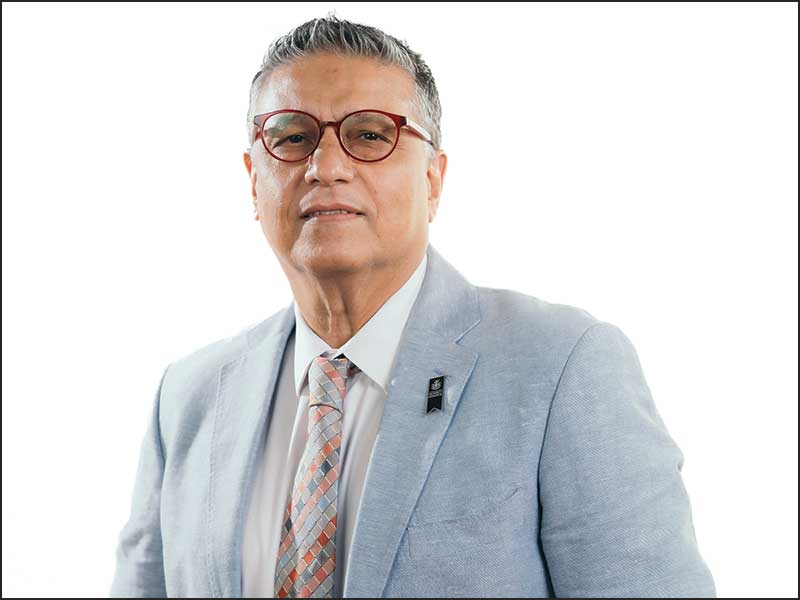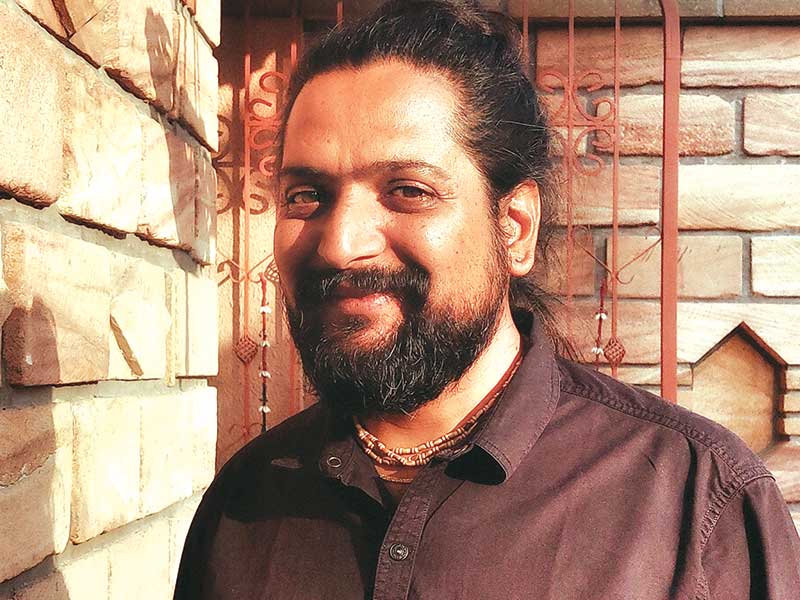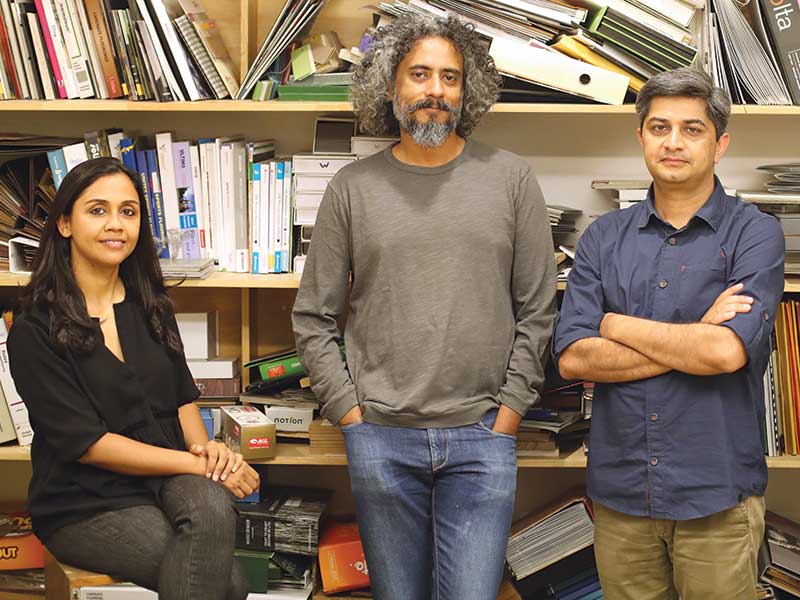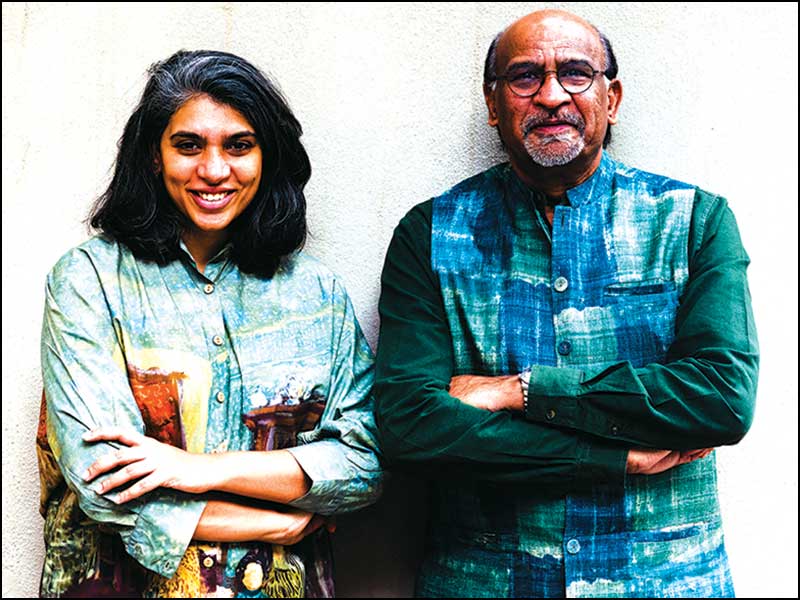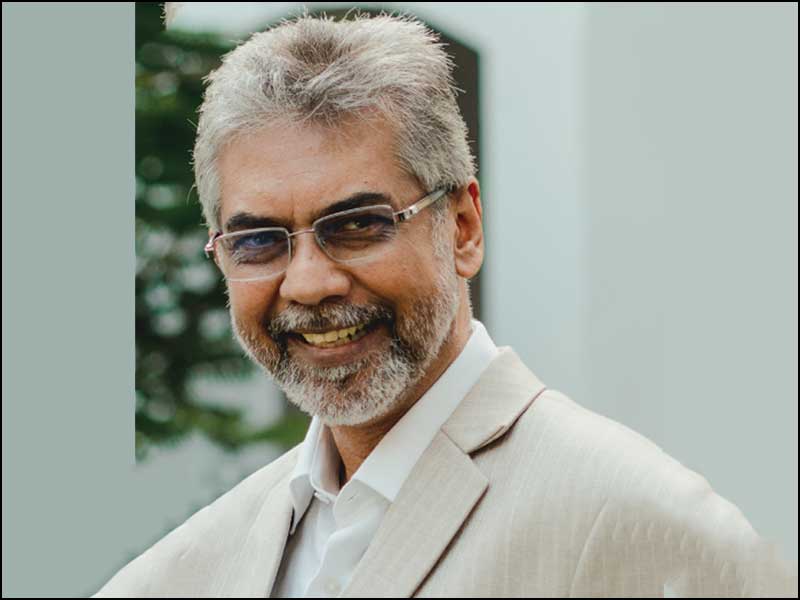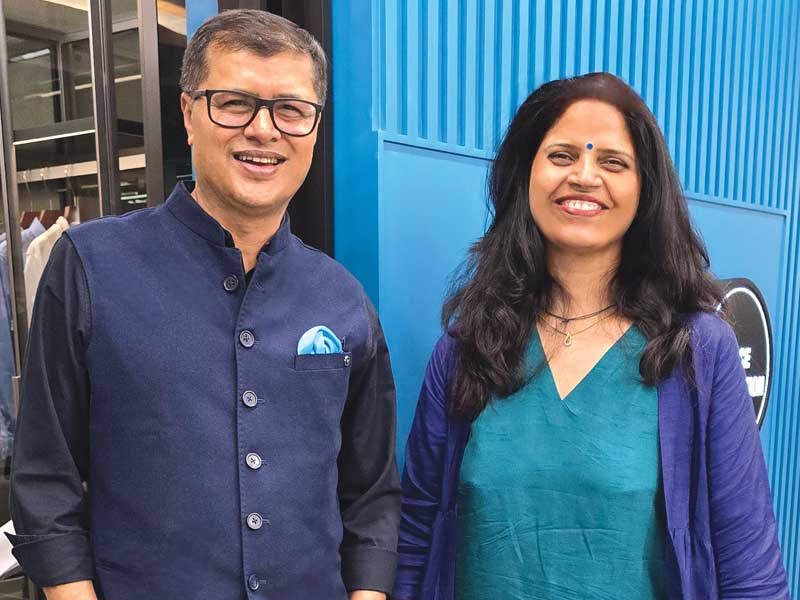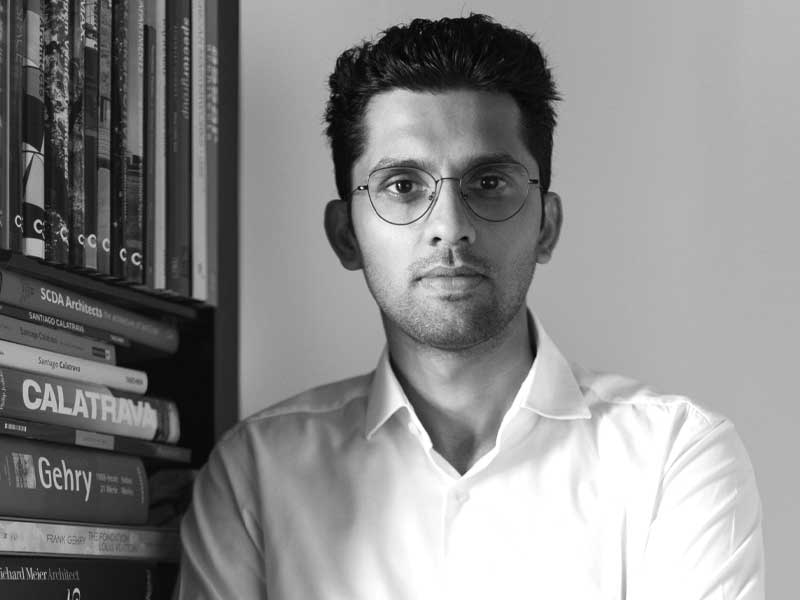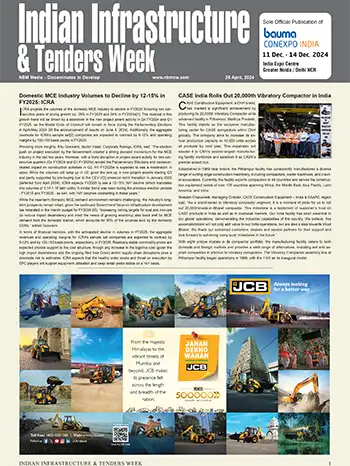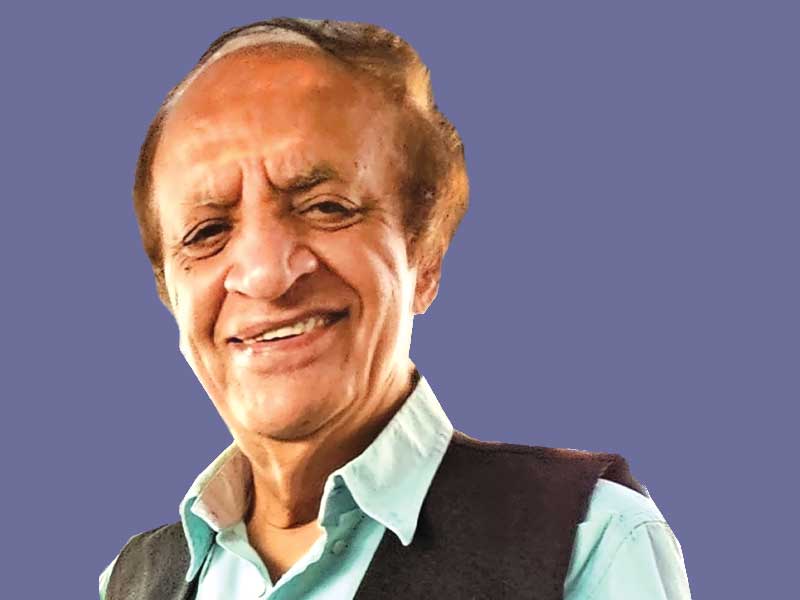
The yearly growth rate of software exports has been 50%. Even if foreign companies operating in India continue to bemoan bureaucracy and protectionism, they nevertheless view the nation as a $100 billion market, particularly in the infrastructural domain of roads and electricity generation.
Foreigners are picking up the skills; the reviled bureaucracy in India has even received appreciation from business executives for bringing balance and stability over ten years of political unrest. Through a number of missions brought in by the Indian government, the nation has been working to provide millions of houses to the impoverished.
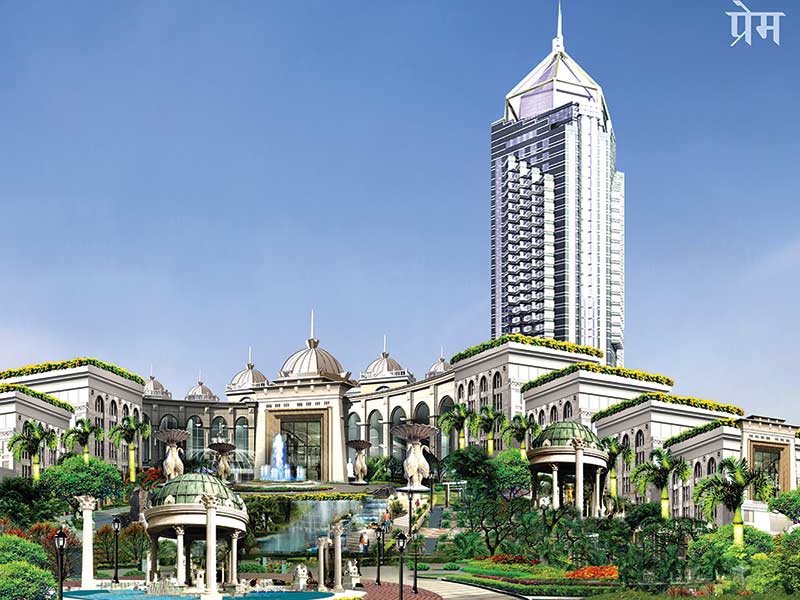
Since we are dedicated to designing, material, technology, building planning, town planning, urban planning, and overall efficiency, India will be among the nations that contributes the most to the world’s greatest sustainable construction. All of this is done in tandem with quick communication, quick mobility, comfort, and ease of movement. Every output and services are and will continue to be on par with or superior to that of other nations. To accelerate development and remove obstacles, the Indian government is preparing to reduce clearances and expedite approvals. As a result, speed and efficiency will rise.
Sustainable architecture is the future trend of architecture. New materials and technologies are being quickly adopted by Indian consultants and architects. Along with all these, smart architecture needs to be sustainable. India’s architecture will be more aesthetically pleasing, more functional, and healthier. While doing this, there needs to be some iconic structures or developments, either by the state governments or in partnership, that will develop buildings that give Indian society its unique identity.

